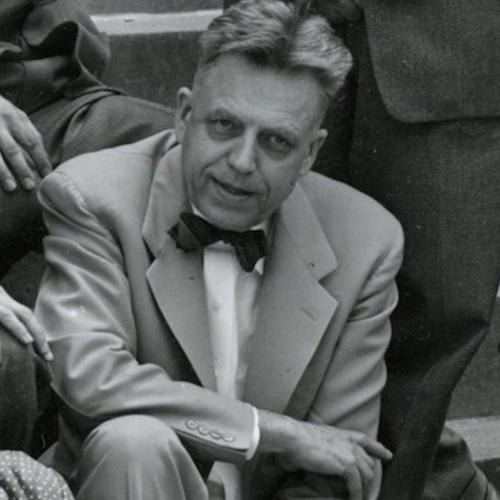


By Steve Ratcliff
Steve has been researching humanists from LGBT history, focusing on digitised materials from the archives of LGBT Humanists. Following his article for Bi Visibility Day 2024, we publish his profile of the bisexual scientist Alfred Kinsey.
We are the recorders and reporters of facts—not the judges of the behaviors we describe.
Alfred Kinsey
Alfred Kinsey was an American sexologist, probably best-known for the Heterosexual-Homosexual Rating Scale (now usually referred to as The Kinsey Scale). This spectrum ranks people on a scale of 0 — exclusively heterosexual — to 6 — exclusively homosexual. His works Sexual Behaviour in the Human Male (1948) and Sexual Behaviour in the Human Female (1953) raised storms of outrage, but became bestsellers and revolutionised the discussion of sex, including previously taboo subjects like sex before marriage, homosexuality, and bisexuality. A scientist and atheist, Kinsey was prompted by a desire to separate the understanding of human sexuality from moral judgement. In his work, he followed in the footsteps of groups like the British Society for the Study of Sex Psychology, who urged more rational, evidence-based, and healthier attitudes towards sex and sexuality.
Kinsey was born on 23 June 1894 in Hoboken, New Jersey. His parents were deeply religious Methodists and his father ran a very strict home. The family was poor for most of his childhood, during which Kinsey suffered from illnesses including rickets, typhoid, and rheumatic fever. Some people have suggested that this strict religious background fuelled Kinsey’s interest in science and his move away from religion, becoming agnostic/atheist while he was studying at Harvard. By this time he had rebelled against his father’s wish for him to study engineering and had degrees in psychology and biology and was doing his doctoral thesis on gall wasps.
He met his wife, Clara, at Indiana University where he was continuing his gall wasp research. They were married in June 1921. Both sexually inexperienced, they apparently struggled with consummating their marriage. They studied the subject and shared their knowledge with students who, in that era, were also ignorant about sex. They entered into an open marriage, where they were both free to have sex with other people. Kinsey was bisexual and had male and female lovers.
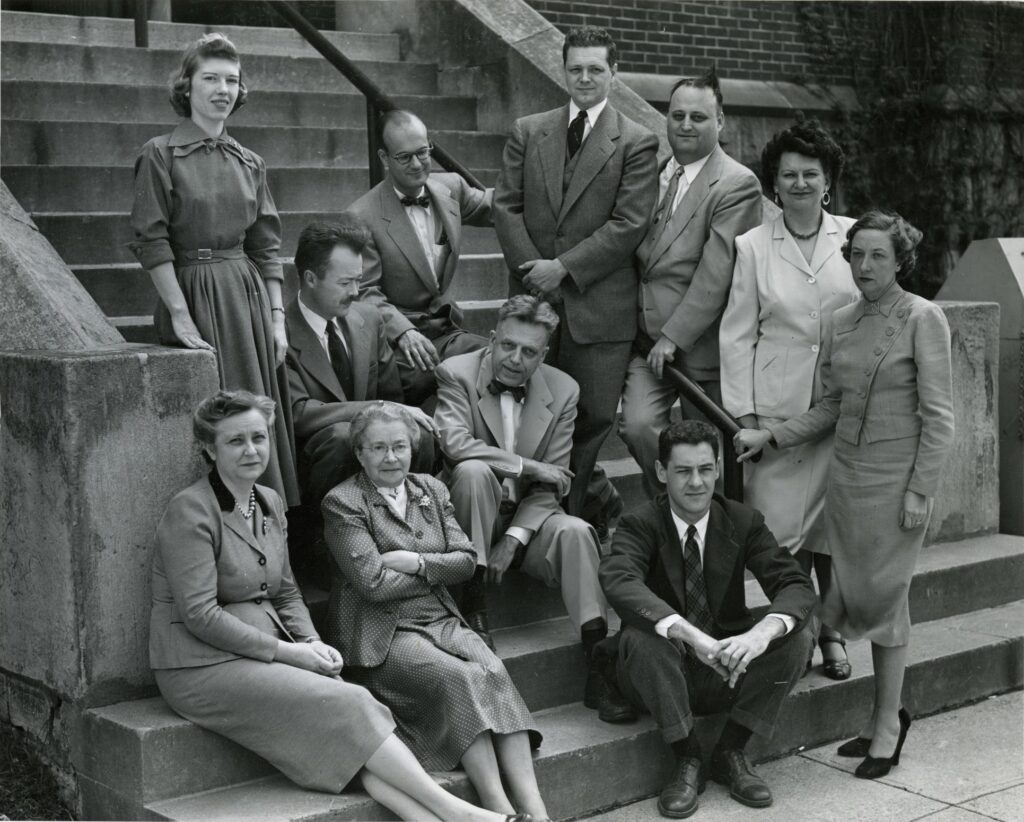
Kinsey wrote a widely used high-school textbook, An Introduction to Biology, published in October 1926. In this book, he endorsed evolution and brought together zoology and botany. But Kinsey’s passion was moving towards matters of sex and sexuality. Kinsey held interviews with students where he collected data on their sexual histories. He also went on trips into cities to interview people who were openly gay, as well as prisoners, sex workers, and many others.
There was a religious campaign against sex education at Indiana University in 1937. The following year, the Indiana University Association of Women Students petitioned the university to offer a course about marriage. Kinsey was invited to coordinate this extra-curricular Marriage and Family course, which enrolled over 400 students in the first two years.

By 1947, he had obtained funding from the Rockefeller Foundation to help set up the Institute for Sex Research (now known as the Kinsey Institute) at Indiana University, of which Kinsey was the founding director. In 1948, he published Sexual Behaviour in the Human Male, in which he emphasised the naturalness of the sexual urge, and thus the pointlessness of shaming people, particularly singling out religion’s role in this. By this time, he had recorded some 5,300 ‘sex history’ interviews with men. But it’s here that things get a bit murkier and more controversial. He observed and sometimes filmed sexual activities, including those of his university colleagues in his own home. His research has also been criticised for interviewing unrepresentative samples of people (such as being biased towards the sexually active, excluding asexuals) and basing many of its conclusions on children on the testimony of a paedophile. LGBT Humanists member and speaker Antony Grey was among those who pointed out the flaws in Kinsey’s research. In his ASK (Action for Sexual Knowledge) bulletin in Spring 1982, Grey critiqued Kinsey’s methods, having ‘sometimes oversimplified his deductions from the massive sample of sexual histories which he and his colleagues assembled’.
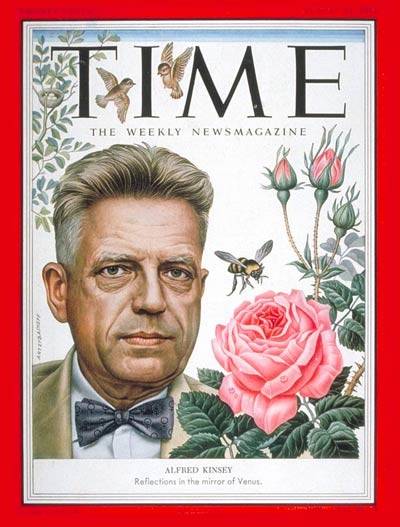
Kinsey died on 25 August 1956, at the age of 62. Undoubtedly a trailblazer, his work and public profile helped transform discussions around sex and sexuality, and pave the way for the ‘sexual revolution’ of the 1960s. His research entered the public consciousness and he appeared on the cover of Time magazine in 1953. Although his methods were sometimes dubious, his work can be seen positively as an important component of secular sexology, in the tradition of Magnus Hirschfeld’s Institut für Sexualwissenschaft (Institute for Sexual Science) in Germany, and the British Society of the Study of Sex Psychology. Kinsey’s ideas were discussed in considerable detail in the Gay and Lesbian Humanist newsletter. Writing in 1997, longtime LGBT Humanists supporter Peter Tatchell appealed to The Kinsey Scale in his assertion that ‘most people are born with a sexual desire that is, to varying degrees, capable of both heterosexual and homosexual attraction.’ This became the subject of debate in subsequent newsletters. His research centre at Indiana University still operates as the Kinsey Institute, promoting a greater understanding of human sexuality and relationships.
Main image: From ‘The project staff of the Institute for Sex Research, Indiana University‘, August 1953. Acc. 90-105 – Science Service, Records, 1920s-1970s, Smithsonian Institution Archives.
The True Story Of Alfred Kinsey, The Controversial Sexologist And Father Of The Sexual Revolution | All That’s Interesting
Kinsey: Teaching and Research | American Experience | PBS
Alfred Kinsey | bi.org
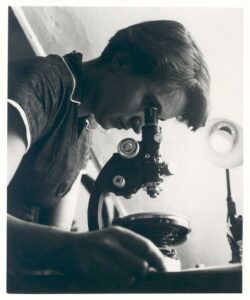
I agree that faith is essential to success in life (success of any sort) but I do not accept your […]
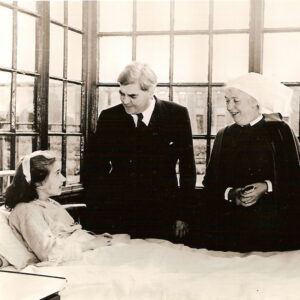
When Nigel Lawson said in 1992 that the National Health Service was the ‘closest thing the English have to a […]
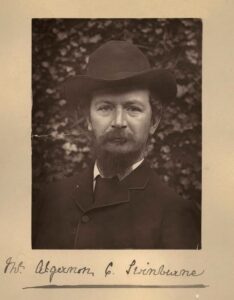
No poet since Shelley sings more loftily or with more fiery passion or with finer thought than Swinburne when he […]
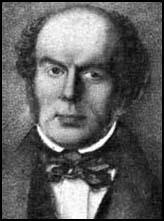
I have ever considered that the only religion useful to man consists exclusively of the practice of morality, and in […]